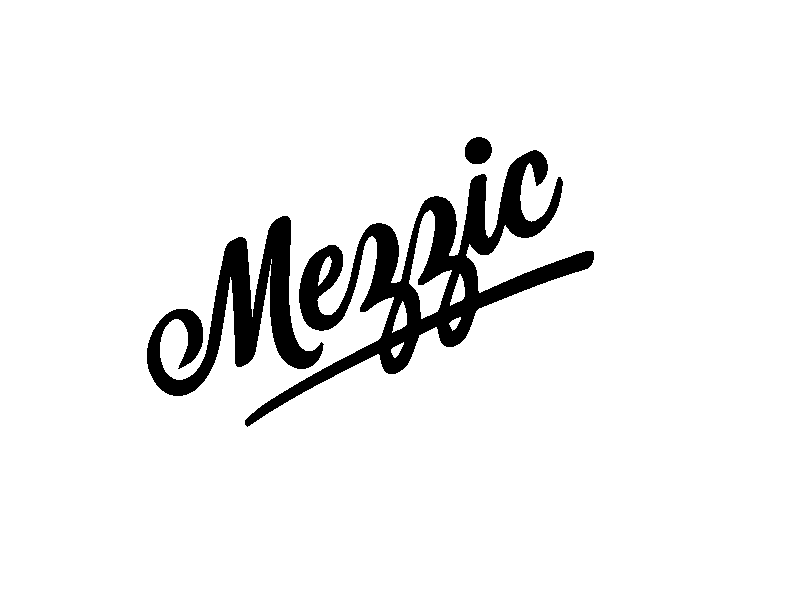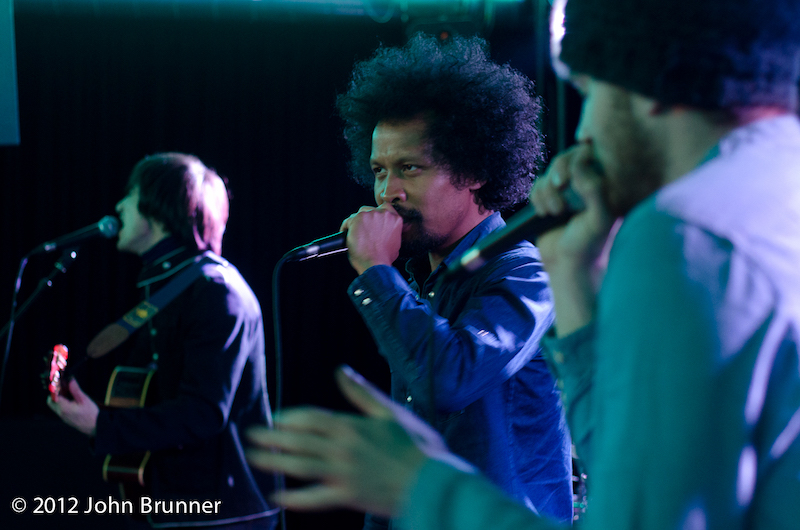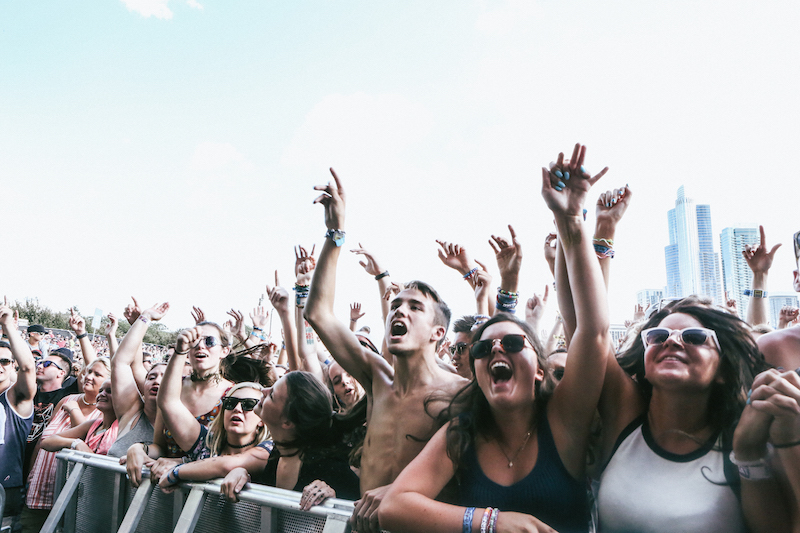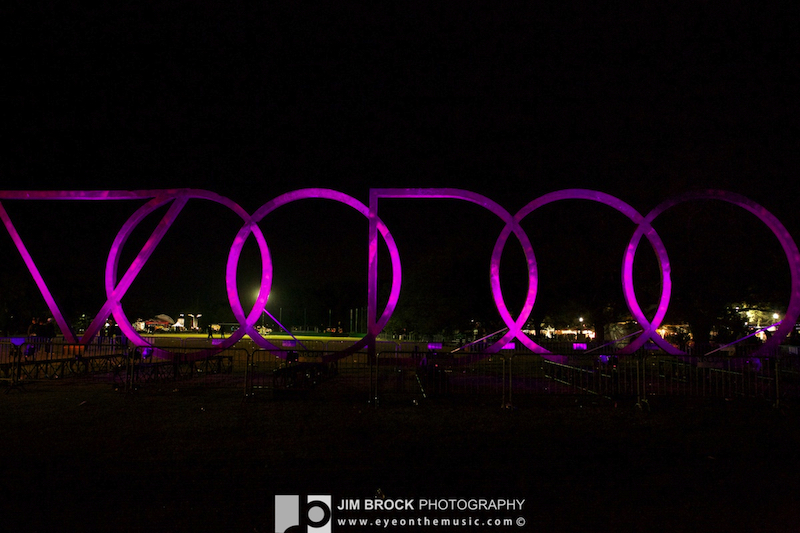The World: All Over Your Doorstep
Every year a colourful cornucopia of interesting faces descend upon a little seaside town, just south of Dublin city. Post boxes are given a fresh coat of emerald-green paint, paths are swept, windows cleaned and flowers planted in anticipation of a weekend that is slowly growing to become one of Ireland’s most vibrant, enjoyable and most of all, affordable music and arts festivals.
“Dun Laoghaire Festival of World Cultures” is a three-day music and culture event that attracts hundreds of thousands of visitors every year from around both Ireland and the Globe. Initiated in 2001 the festival has just celebrated its 10th anniversary with a weekend in July that attracted over 210,000 visitors and featured 300 acts over 35 locations. The success of the event can mainly be attributed to its family friendly status and funding from the local county council that ensures around 90% of the events are free to everyone to enjoy.
With the facts and figures aside however, from the viewpoint of a local resident, the festival represents an exception to the rule in what is usually a quiet and uneventful corner of Dublin. The sad reality is that there is nearly no night-life in the area at any other point of the year. Late bars and clubs struggle to survive and shops of all kinds have hit on hard times in the economic crisis with a depressing amount of vacant windows and stalls. As locals walk amongst the buzzing crowds during the festival that same question rears its head in their mind as it did the year before and every year since 2001… “Why can’t it be like this every weekend?”.
The weekend is a full-scale attack on the senses. Music being played on every corner, markets selling food and goods from all around the world, everyone speaking their native tongue sending a constant hum of excitement and happiness through the packed streets and bars. Ireland has become a melting pot for cultures from all over the world since the Celtic tiger attracted thousands of immigrants in the late 90’s and early 00’s, the festivals arrival in 2001 was therefore both timely and appropriate.
Whilst the craic is free and easy on the street and amongst the stalls, the music stands out above all else as the true champion of the weekend. A main stage erected by the sea beams an array of Jazz and World music to the ears of thousand of festival goers enjoying a pint in the sun. And with acts like Khaled, Rodrigo y Gabriela and Manu Chao amongst many others having played at the event over the past 10 years, taking to one of its 35 stages, it is clear that there is an effort to expose visitors to another side of music, from artists that are far less “mainstream” yet often far more talented than the latest chart topping pop act .
The sheer number of visitors is made possible by the fact that the local pubs, theatres, halls and churches host all of the late night music. Monkstown’s protestant Church (located just outside Dun Laoghaire) for instance offers an extremely unique and atmospheric venue with its stunning architecture and stained glass windows. Whilst at the other end of the spectrum crowds pack into tiny local clubs to experience acts like the Hypnotic Brass Ensemble in a way that just wouldn’t be possible at a larger venue. The Chicago musicians, only inches from the crowd embraced the intimate atmosphere at this years festival, treating their fans to an up close and personal set, and were later to be seen talking, drinking and dancing with the locals before catching a bus to their hotel.
As DJs spin into the late hours the answer to why this can’t happen every weekend becomes clear. Throngs of drunken teens lurk outside the packed pubs hoping to be granted access by the bouncers, whilst teams of police scan the town picking up anyone found drinking on the street (one of the many illegal perks of a festival atmosphere), or those that have already been found out cold on the kerb or behind a wall.
The reality is that this is still a quiet seaside port the other 332 days of the year, with bar-staff that struggle to handle two orders at once, car-parks designed to cater for those out on the weekend for a walk and an ice cream, and a police force that is more used to handing out parking tickets and watering the flowers at the local station.
But every year we will still clean the footpaths, give the shop fronts a new lick of paint and hide the local drunks in the back rooms of the least popular pubs. The festival is still a lifeline to a community that is struggling to stay afloat financially and its arrival brings a new life to the streets that is hotly anticipated by all those who have ever enjoyed its unique atmosphere. With 10 years down and another 10 years an almost certainty it is the hope that the Dun Laoghaire Festival of World Cultures will continue to grow and attract more visitors and even better live acts. And while, like every festival, it is in danger of becoming too big and too “out of control” to be properly maintained and enjoyed (See Oxegen, or last years Hollywood Bowl HARD festival for a good example) it is safe to say that with its ethos to “Excite, inform, and create awareness of the worth and potential of a multicultural society” and with its family orientated structure the festival is sure to survive at least a few more years without biting the bullet.




Post a comment